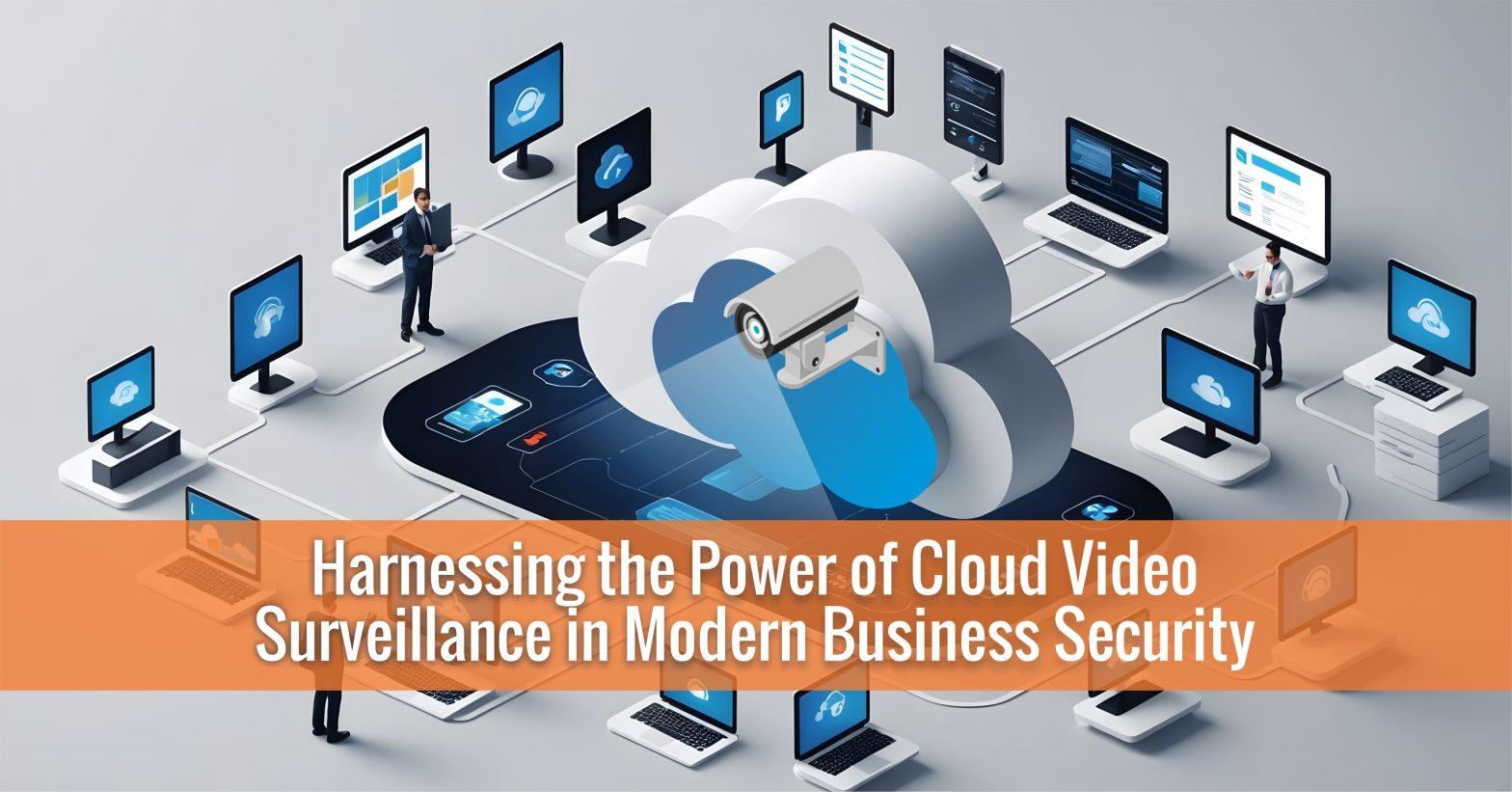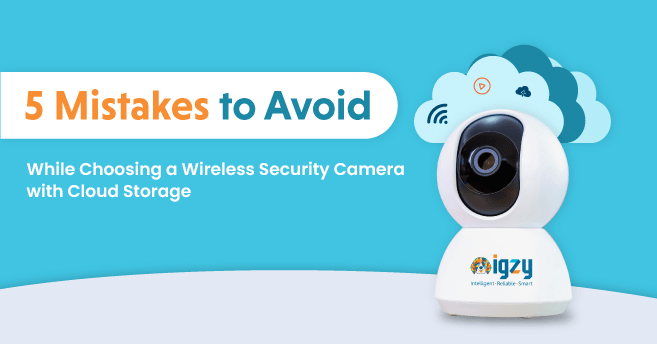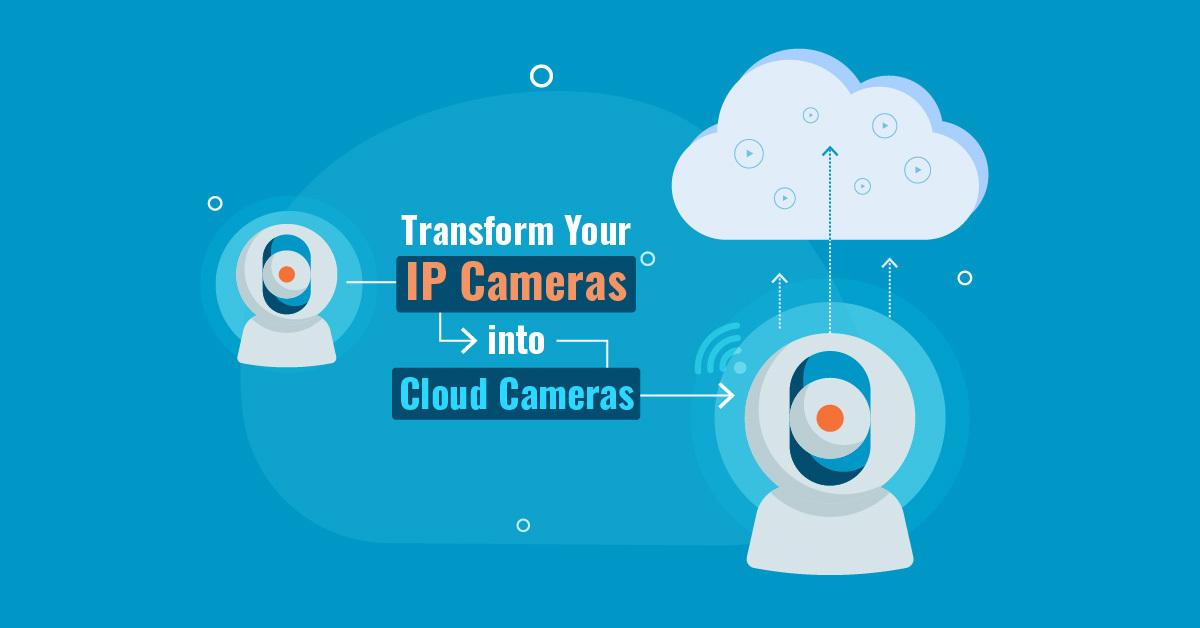The Future is Here: Why Enterprises Need Cloud Video Surveillance Systems Now
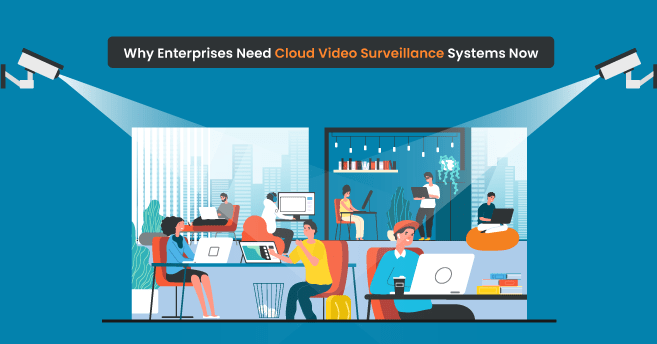
Table of Contents
Introduction to Cloud Video Surveillance
Cloud video surveillance systems are changing enterprises’ monitoring of their facilities, assets, and people. Unlike traditional CCTV systems that rely on on-premise servers and recorders, cloud video surveillance runs entirely on remote servers accessed over the Internet. This innovative approach brings many benefits that drive enterprises to adopt cloud surveillance solutions.
At its core, cloud video surveillance sends camera feeds up to cloud storage rather than local DVRs or NVRs. This lets users view and manage video surveillance operations from anywhere via web browsers or mobile apps. There’s no need for on-site equipment beyond the cameras.
Migrating surveillance to the cloud provides several key advantages for enterprises:
– Significant cost savings from lower equipment expenses and easier scaling
– Flexible remote access from any internet-connected device
– Highly scalable architecture that supports unlimited cameras
– Greater reliability with redundancies built into cloud infrastructure
– Powerful video analytics unlock deeper business insights
– Heightened security through cloud providers’ cybersecurity expertise
– Less maintenance with managed cloud service options
– Easier regulatory compliance with cloud recording immutability
With these benefits in mind, it’s clear why more enterprises are choosing cloud surveillance as the future of video security and management.
This blog explores the top reasons driving the shift and how organizations can make the most of cloud video systems.
1. Cost Savings
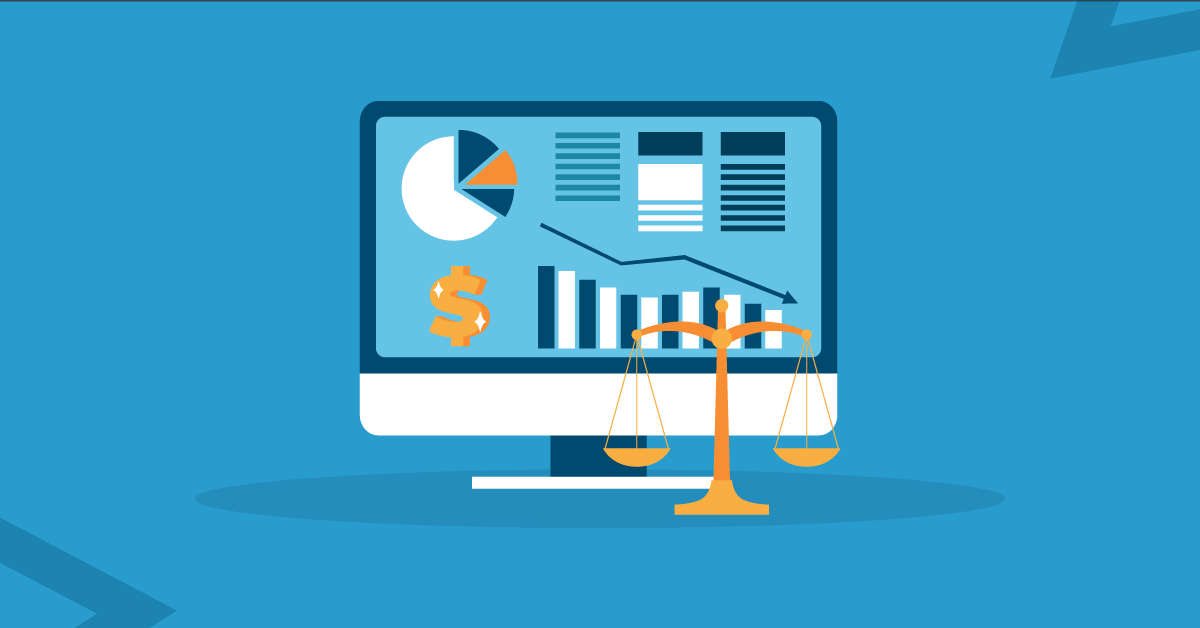
One of the biggest benefits of switching to a cloud video surveillance system is the cost savings for enterprises. With cloud video surveillance solutions, there is no need for expensive onsite storage infrastructure. Rather than investing in servers and storage devices, you simply pay for your needed cloud storage.
This pay-as-you-go model is much more affordable than purchasing hardware upfront. It also scales seamlessly as your needs change. If you need more cameras, you simply pay for more cloud storage without installing new infrastructure. The cloud model shifts the costs from a large upfront capital expenditure to a flexible operating cost that can grow and shrink with your organization.
Gone are the days of overprovisioning storage to allow for future growth. The cloud allows you to align costs closely to actual video storage usage. Most cloud platforms offer affordable monthly pricing per camera or terabyte used. This cost-effective approach makes video surveillance a service feasible for organizations of any size. The savings add up quickly for larger deployments with dozens or hundreds of cameras.
Migrating video management to the cloud is the most effective way for enterprises to save on infrastructure and storage costs associated with traditional CCTV systems. The pay-as-you-go pricing scales seamlessly, avoiding the need for expensive hardware whenever new cameras are added. This flexibility is a huge advantage of the cloud video surveillance model for budget-conscious organisations.
2. Easy Remote Access

One of the major benefits of cloud video surveillance is easy remote access to camera feeds and video recordings anytime, anywhere. With cloud-based systems, authorized users can conveniently view live and recorded footage on any internet-connected device like smartphones, tablets, or laptops.
This enables security teams and managers to monitor operations and respond to incidents quickly, even when away from the premises. It also makes it easy to review historical footage for investigative purposes.
Cloud video cameras or CCTV cloud storage platforms provide secure multi-user access with granular controls, enabling organizations to grant tiered access privileges across various locations. Admins can restrict access to specific users, sites, cameras, and date ranges as per requirement. This enhances security by limiting access to sensitive video data to only personnel who need to see it.
The ability to access surveillance footage from anywhere eliminates dependence on on-premise servers and storage. Authorized personnel can check things remotely while moving or from home. Cloud surveillance liberates users from localized systems and opens up footage access across all sites in an organization. This leads to greater efficiency and convenience for monitoring security operations.
3. Better Scalability
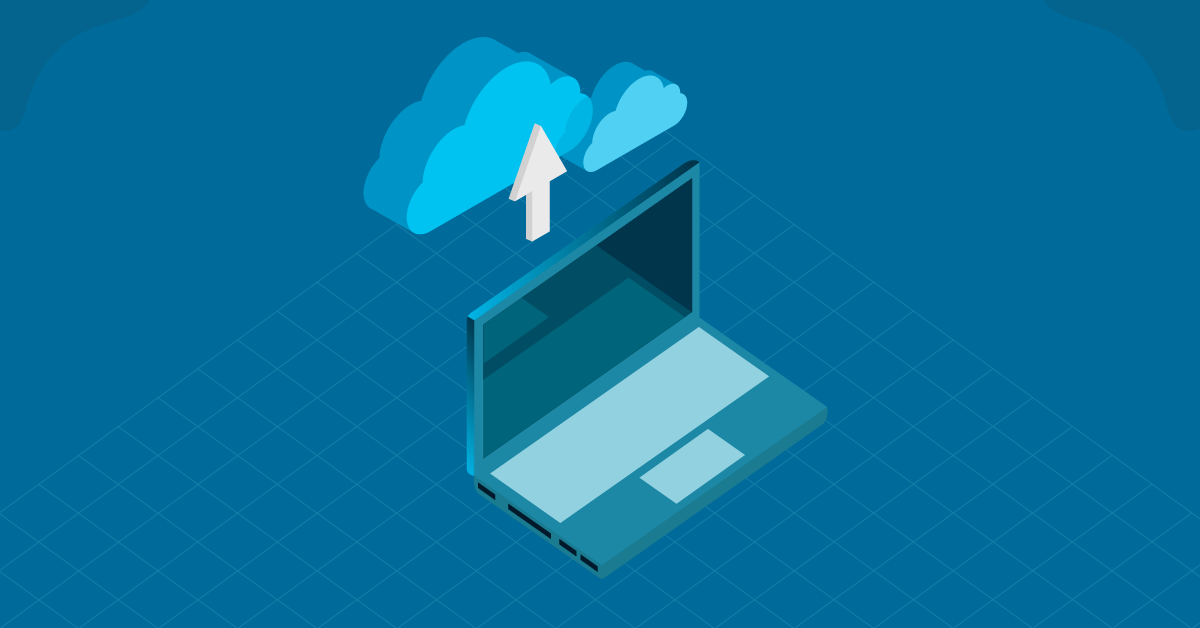
One of the key benefits of a cloud video surveillance system is enhanced scalability. With a traditional CCTV system, adding new cameras or storage capacity often requires expensive hardware upgrades and new infrastructure. However, adding cameras without new infrastructure requirements is easy with a cloud-based system.
Cloud CCTV Camera systems provide virtually unlimited storage capacity. Your video footage is stored in the cloud rather than limited by on-premise storage space. This allows you to store data for much longer and add as many cameras as needed without worrying about storage constraints or hardware expansions.
The flexible scalability of the cloud empowers businesses to expand their video surveillance coverage easily. You can start with just a few cameras and seamlessly scale up to hundreds or thousands of video feeds. The system automatically scales storage, bandwidth, and computing resources to match your needs and handle new camera additions. This type of seamless expansion is difficult and expensive to achieve with traditional on-premise equipment.
Overall, the scalability of cloud video surveillance delivers greater business agility. You can swiftly add new locations, increase camera counts at existing sites, and enrich your video data storage without large upfront infrastructure investments. This makes adding security capabilities quick, convenient and cost-effective.
4. Improved Reliability
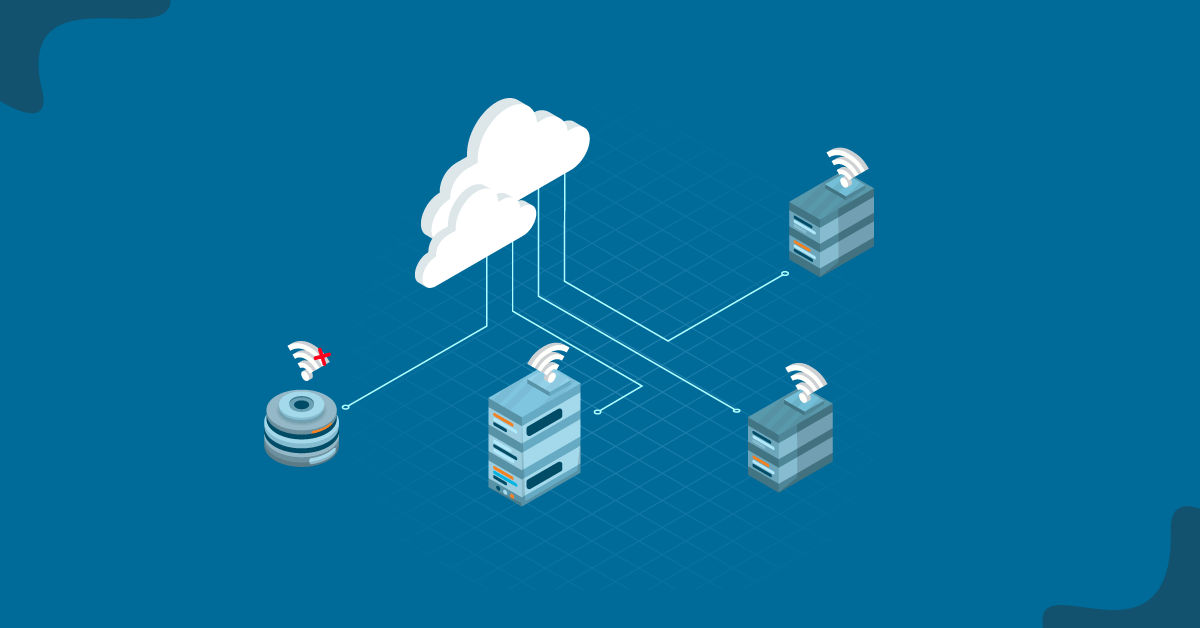
One of the key benefits of cloud video surveillance is improved reliability compared to traditional on-premise systems. By leveraging redundant offsite data centres, cloud systems eliminate any single point of failure. Even if one data centre goes down, the video footage is replicated in other centres to prevent disruption.
Cloud video surveillance leverages advanced data encryption both in transit and at rest. This ensures secure video data transfer to the cloud and robust protection while stored. Encryption gives enterprises confidence that their critical video assets remain safe and accessible only to authorized users.
The distributed nature of cloud infrastructure results in much higher uptime and availability versus on-premise solutions. According to industry metrics, redundancy and failover capabilities lead to cloud systems achieving 99.995% uptime compared to 92-95% for traditional CCTV setups. This translates into significantly less downtime and fewer disruptions to monitoring operations.
With cloud surveillance, there is no need for maintenance windows or scheduled downtime for upgrades and maintenance. The cloud provider takes care of this seamlessly without impacting camera connectivity and visibility. Enterprises can remain vigilant 24/7 with minimal interruptions to their video surveillance capabilities.
Overall, cloud video surveillance’s reliability gains make for a compelling reason for enterprises to adopt these solutions. The robustness, redundancy, encryption and high availability of cloud systems outweigh the risks of managing an on-premise CCTV infrastructure.
5. Better Analytics
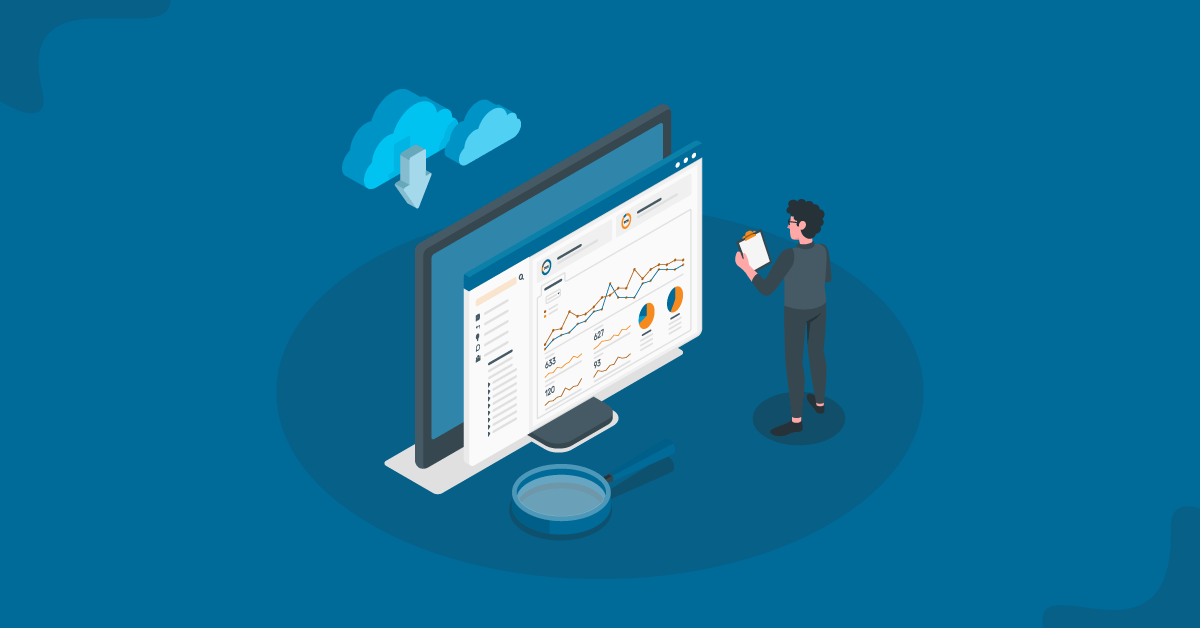
One of the biggest benefits of cloud video surveillance is the ability to utilize powerful video analytics through machine learning algorithms. Unlike traditional CCTV systems, cloud-based analytics provide deeper insights beyond motion detection and camera tampering alerts.
With cloud analytics, enterprises can gain valuable business and operational insights to optimize processes, reduce risks, enhance customer service and more. The video stream is analyzed in real-time by AI in the cloud to detect people, objects, behaviours, anomalies and patterns. Things like dwell time, crowd size estimation, and queue management can be measured.
Advanced machine learning capabilities can also be leveraged for facial recognition, license plate recognition, and object and brand detection. This creates powerful opportunities to derive actionable intelligence from surveillance video. Retailers can better understand customer shopping patterns and interests. Manufacturers can identify process bottlenecks or quality issues. The insights are far more granular and impactful than what on-premise analytics solutions can provide.
Migrating video surveillance to the cloud enables taking advantage of these rapidly evolving analytics capabilities through continual improvements. New algorithms are added seamlessly through automatic updates. So enterprises can future-proof their systems and always have access to the latest innovations in video intelligence. The insights become more accurate and valuable over time. Cloud analytics turn video data into a strategic asset that drives significant ROI beyond security monitoring.
6. Enhanced Security

Cloud video surveillance offers enterprises enhanced data transfer and storage security. The video feeds are encrypted end-to-end, providing protection against breaches and unauthorized access.
The cloud system allows for robust access controls so companies can restrict access to certain employees based on their roles and responsibilities. Sensitive surveillance footage can be accessed only by authorized personnel.
Video watermarking is another security feature offered by cloud video surveillance. Each video feed can be digitally watermarked to prevent tampering and ensure authenticity. If the video is altered in any way, the watermark will be automatically invalidated.
The cloud service provider implements the latest cybersecurity measures like intrusion detection and prevention systems, data encryption, perimeter defences, and more. The physical security of data centres is also robust, with strict access controls and surveillance.
Together, these security mechanisms ensure an enterprise’s surveillance video feeds and footage stored in the cloud remain protected from cyber attacks, data leaks, unauthorized access, and tampering. This provides great peace of mind for organizations that house sensitive facilities or critical infrastructure.
Simplified Management with Cloud Surveillance Systems
The video management software must be installed on each machine using a traditional on-premises video surveillance system. This can make ongoing management and maintenance incredibly cumbersome as each system needs to be configured and updated individually.
In contrast, a cloud video surveillance system centralizes management into a single interface. Rather than needing physical access to each recorder or camera, administrators can log into one web-based platform to view and manage the entire system.
The centralized management interface enables automatic updates and patches to be rolled out across the entire system simultaneously. There is no need to apply updates machine by machine manually. New features and integrations can be pushed out rapidly across all devices.
Many cloud video surveillance providers also offer fully managed services as an option. This transfers the burden of ongoing maintenance, monitoring and management to a team of external experts. Alerts are monitored 24/7 by technical specialists who can take immediate action if required.
The simplified management enabled by cloud surveillance systems saves internal IT and security teams considerable time and effort. Maintenance tasks that once required physical access to every device can now be achieved instantly through a centralized dashboard.
Regulatory Compliance
Cloud video surveillance solutions can also help organizations meet regulatory requirements. Many industries, such as finance and healthcare, have strict guidelines for storing and securing video surveillance data. For example, HIPAA and PCI compliance mandates require strict access controls, data encryption in transit and at rest, and retention policies.
Cloud systems are well-suited for meeting these regulatory obligations:
– Cloud providers invest heavily in security and certify their platforms to meet regulatory requirements. Organizations can leverage these security controls instead of building their own.
– Access controls can be implemented to restrict data access to authorized personnel only. Activity is logged to maintain an audit trail.
– Data encryption protects surveillance footage both while it’s stored in the cloud and during transmission to the cloud.
– Retention policies can automatically be customized to delete footage after a defined period. This helps reduce the risk of non-compliance.
– Migrating video surveillance to the cloud transfers the compliance burden from the organization to the cloud provider. Organizations avoid large capital investments to maintain compliant on-premises systems.
By leveraging a cloud video platform, organizations can more easily meet data privacy, storage, and security regulations for regulated industries like healthcare and finance. The cloud provider handles the complexity of remaining compliant.
Conclusion
Cloud video surveillance systems offer numerous benefits, making them an essential tool for enterprises today. By moving surveillance infrastructure to the cloud, organizations can realize major cost savings from reduced hardware and IT expenses. The cloud also enables easy remote access to live and recorded video feeds from any device. This improves security monitoring and oversight across multiple locations.
Cloud-based systems provide limitless scalability to add cameras and storage as needed. Organizations avoid the high upfront costs of on-premises systems and their limited expandability. The cloud also delivers greater reliability than local servers and hardware. With offsite data centres and redundancy, video recordings remain safe and accessible 24/7.
Advanced analytics abilities in the cloud empower organizations to gain valuable insights from surveillance footage. Smart features like facial recognition, anomaly detection, and object tracking help extract more value from video data.
Enhanced security around access, encryption and data protection also make cloud surveillance advantageous. At the same time, centralized management in the cloud reduces IT teams’ overhead. Cloud systems are easier to maintain with automated updates and backups.
By moving to the cloud, enterprises can more easily comply with legal and regulatory data retention policies. The cloud offers the storage capacity and tools to preserve video evidence securely.
In summary, cloud video surveillance offers enterprises significant cost savings, scalability, reliability, security and ease of use. With its many benefits, cloud surveillance has become a critical tool that modern organizations need to leverage.

